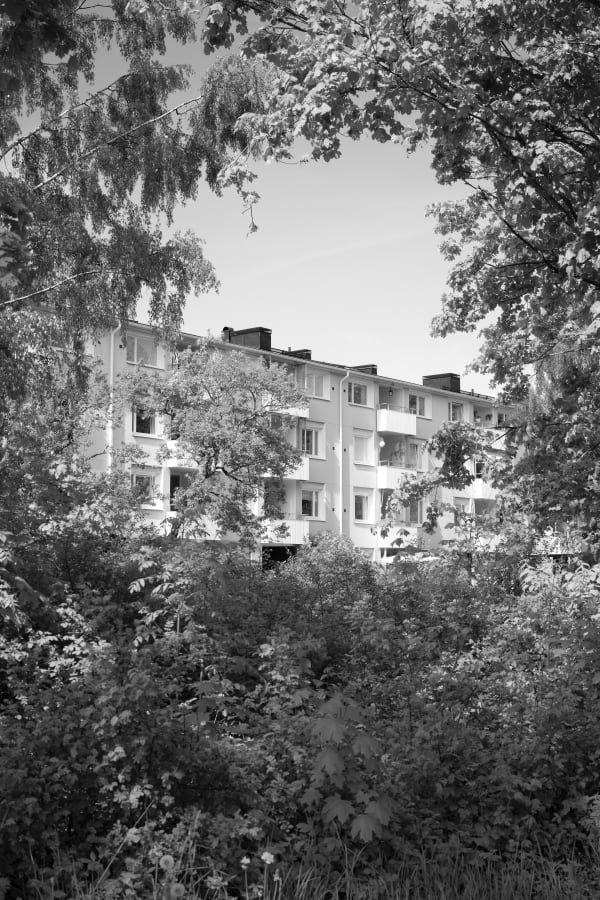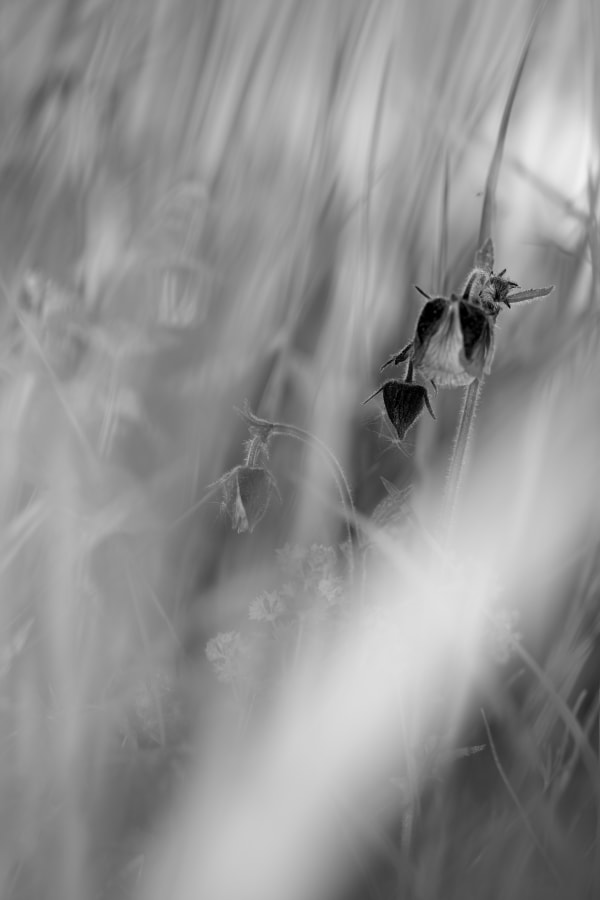NATURPHILOSOPHIE: David Hartt
-
Introduction
Galerie Thomas Schulte presents "Naturphilosophie", an exhibition of new works by David Hartt. For his second solo exhibition at the gallery, Hartt expands on an ongoing body of work, continuing his engagement with themes related to dominant systems of knowledge and representation, and corresponding processes of marginalization and displacement. Reproduced as photogravures or translated as tapestries, the works comprise images of plants photographed at various sites in northern Europe —in the Netherlands, Sweden and Germany. Bringing these peripheral, non-human agents into focus, the images reflect on how our environment, and the life present in it, has been shaped by human activity and ideals of the past—as well as their resonances today.
The sites visited and photographed by Hartt for the works on view—among them, the historic university cities of Leiden, Uppsala and Göttingen—were informed by the work of artists and early naturalists active there, primarily, but not exclusively, during the 18th century. Through mostly close-cropped, nondescript views, however, locations are kept from being fully identifiable in the images. Their titles are the primary indicator, parenthetically noting the city and date of the photograph, as well as the scientific names of the plant species featured in it. Documents of a place and a specific moment in time, they also refer to and enact a process of naming. Swedish botanist Carl Linnaeus, known as the “father of modern taxonomy” for having formalized the binomial nomenclature system in 1753, is also associated with three of the cities in which the photographs were taken. The presence of such figures puts the images in dialogue with European artistic and intellectual traditions in and around this period—a period also marked by European colonization and its effects, including the movement of flora, fauna and human communities.
Whether alone or in groups, the plants in Hartt’s images seem to grow on the periphery of human vision and structures—on the literal margins: along an outer wall, entangled with pipes and wires, low to the ground underfoot, or on the outside looking in. In some images, the plants are even obscured from full view, making a lack of visibility tangible.
The tapestries, which are larger and composed of color images, possess a certain warmth and closeness. In one, the blurred pinkish glow of artificial lights in the background comes to echo a single pink blossom glimpsed in the distance of another. In the photogravures, nuanced gray tones convey a richness and intimacy of their own, even when the images become more abstract. Despite the title given to all of the works—"The Garden"—they do not appear to depict manicured or carefully composed and maintained landscapes. Rather, they seem to offer otherwise overlooked, discrete views of plant life in the spaces they inhabit, perhaps not just as a result of having been tended by humans, but in spite of it. At the same time, the activity of gardening is opened up for broader consideration—of what it means to plan, shape and cultivate a plot of earth.
This focus on an apparently non-composed, arbitrary look at the natural world recalls a watercolor painting by Albrecht Dürer, "Great Piece of Turf" (1503), in which a cluster of green plants rooted in brown earth grows against a light, wall-like background. The close-up, detailed image achieves a sense of realism that approaches a scientific study. Even on such a small scale, it is as though an entire ecosystem is teeming with life—in a single moment that is nonetheless animated by a sense of becoming. This attentive look at a patch of tall grasses and dandelions, among other plant life, also illustrates how, beyond documentation, appreciation for the importance and beauty of nature can be elevated by its representation in art.
One tapestry with an image from Heemstede, the Netherlands, is particularly reminiscent of Dürer’s work. In it, dandelions, among others, are shown from a similar low-to-the-ground perspective, contrasted with a mostly dark background that puts the group of plants in clear focus. Or another tapestry, with an image from Oranienbaum-Wörlitz, Germany, where grasses and other plants are seen growing from an opening in a rock formation, set against a pale patch of overcast sky.
The latter also recalls 18th and 19th century landscape etchings such as those by German artist Carl Wilhelm Kolbe, who was active in Oranienbaum-Wörlitz, and Swiss painter Adrian Zingg. This is similarly echoed in another image—a photogravure in which dandelions, lilacs, maple, grass, and other plants are set among stone ruins in Stolpen, Germany, where Zingg also worked. The visual style of landscape etchings of the period likewise takes shape in a photogravure from Uppsala, Sweden. In an image that approaches romanticism, a lush vignette of trees and flowering plants surrounds a single row of white apartment buildings that stand, somewhat obscured, in the background.
The media and materials Hartt employs set his works in even closer proximity to such references. In reflecting these modes of representation and the narratives they frame and reproduce, our attention is ultimately turned to what they leave out. While the title, "Naturphilosophie", also draws reference to a prominent figure in this field of study, the 19th century German idealist philosopher Friedrich Wilhelm Joseph Schelling, who posited nature as a subject. In Hartt’s works, it is not only the presence of non-human life that is put forward, but its activity and agency as well—in turn alluding to other marginal positions, both human and non-human, to offer the possibility of an expanded view: a richly textured picture of our shared environment.Text by Julianne Cordray
-
Installation Views
-
Works
-
Inquire about works by David Hartt

-
Artists on view













